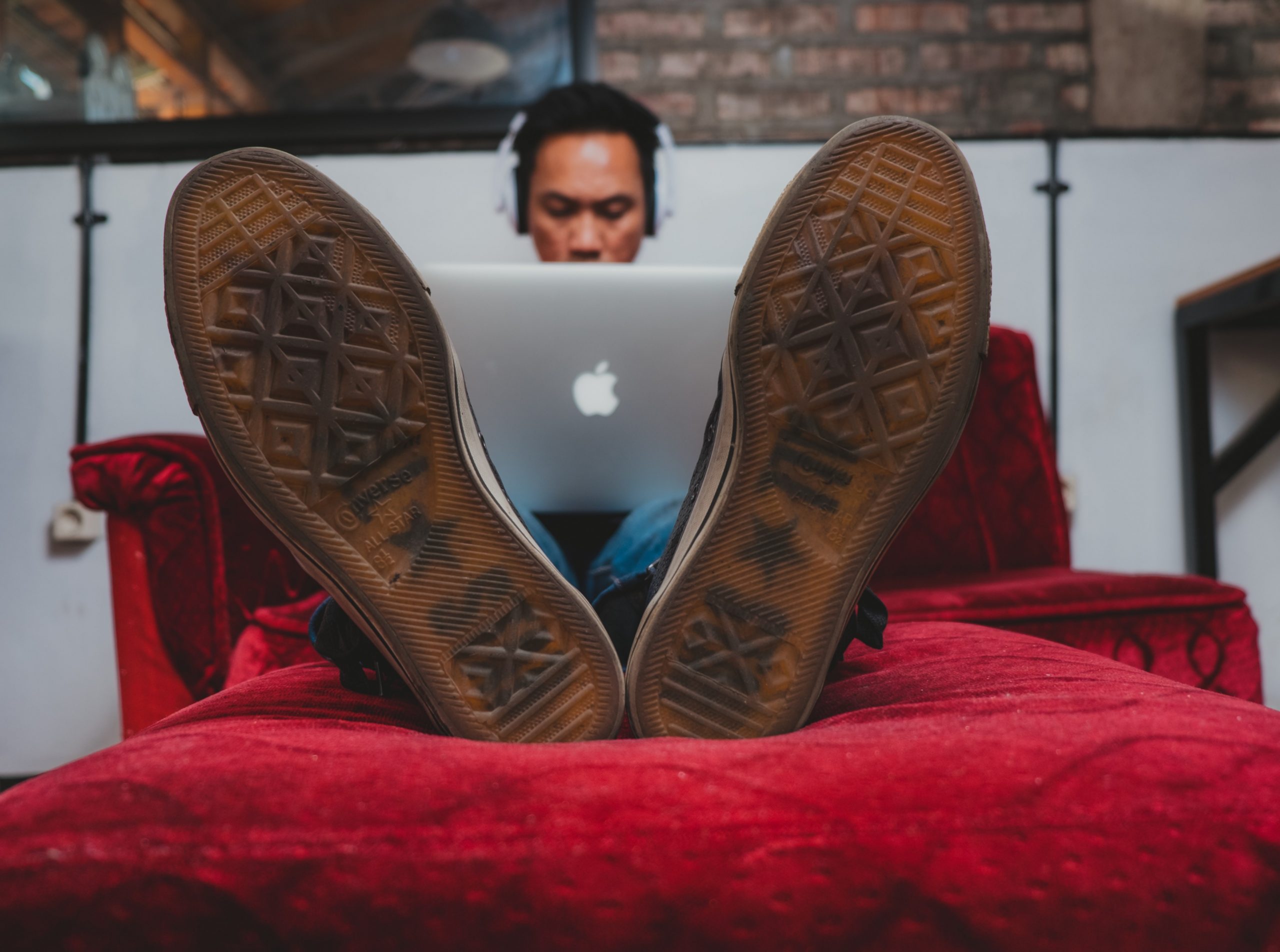A year of social restrictions, health concerns and economic turbulence has taken a heavy toll on emotional wellbeing across all sectors of the workforce.
Data published by the ONS shows that 57% of people in Britain feel their personal well-being has been affected by the pandemic. Anxiety and unhappiness are at similar levels as when the UK first entered national lockdown in March last year.
Globally, people are battling heightened levels of anxiety and depression at work. A study carried out on more than 12,000 employees, managers, HR leads and C-level executives across 11 countries found the COVID-19 pandemic has increased workplace stress, anxiety and burnout to record levels. The results, published by Oracle and Workplace Intelligence in October, reported that 76% of employees feel employers should be doing more to support the mental health of their workforce.
The mental health emergency
It is little wonder the mental health charity MIND has warned that we’re living through a mental health emergency. In England alone, The Centre for Mental Health has predicted that up to 10 million people will need new or additional mental health support thanks to the pandemic.
Frontline workers are not the only ones who are being affected, either. When the first stay-at-home orders were issued in March 2020, millions of white-collar workers made the switch to remote working overnight. Fears that a sudden shift remote working would lead to a decline in productivity never materialised. Employees and employers embraced the shift to remote working, with two thirds of workers saying they wanted to work remotely long-term.
‘Always-on’ pressure
For many though, the appeal of home working has worn off. The blurring of boundaries between work and home, and the pressure to be ‘always-on’ are contributing to burnout and stress. A recent survey found that 73% of working professionals feel burnt out. Home-workers are spending more time staring at a screen and suffering ‘Zoom fatigue’.
With the vaccination roll-out racing ahead and a cautious path back to normality emerging, it may not be long before offices are allowed to re-open. But thanks to decreased capacity and the widely anticipated shift to hybrid working, few will be back in the office full time. According to a survey of CEOs carried out by KPMG last year, 69% of companies in the UK plan to reduce office space after the pandemic. From HSBC to Deloitte, many of the UK’s biggest and best-known employers are downsizing or shutting offices altogether.
If the option to work from an office full-time will no longer be available, what are the implications for workers who are expected to work from home? UK homes are the smallest in Europe. Even before the pandemic, 50% of homes in the UK were too small to meet the needs of the people who live in them. If more people are to embrace full or part-time working, employers must ensure they can do this in a safe and comfortable way.
Lack of private space
Research carried out by IPSOS Mori last September found that two thirds of renters don’t have a private workspace at home. This means two-thirds of employees can’t simply close the door on distractions or find somewhere to have a confidential conversation when it’s time for one-to-ones or performance reviews.
It may be endearing to witness a colleague negotiate with a toddler demanding a biscuit during a Zoom meeting or removing a cat determined to wander over a keyboard. But distractions and interruptions do more than destroy focus and waste time. They flood the body with cortisol and other stress hormones, disrupting almost all our internal processes. Simply put, constant distractions equal heightened anxiety and stress.
For many, having somewhere quiet and private to work means retreating to the bedroom. Not only is this less than ideal from a physical health standpoint; it’s a disaster for mental health. When employees are working and sleeping in the same space, the brain gets confused. It’s hardly surprising that reports of insomnia and sleep disorders are skyrocketing, another cause of stress.
Working from bed
While parents have it tough, they are by no means the only ones struggling. Workers aged 18-34 are least likely to have a proper desk and chair to work from, and twice as likely to work from their bed as older workers. Young people are being hit with a double-whammy of pandemic-induced stress and anxiety, being disproportionately affected by issues related to job insecurity, insecure housing, debt and lower earnings. It’s no wonder they want more help.
As offices evolve into spaces for collaboration and social interaction, work that demands focus and reflection will need to be done elsewhere. Expecting this kind of deep work to be done remotely ignores the fact that most workers don’t have access to quiet, distraction-free environments at home.
Existing solutions to support working close to home don’t support focused work, either. Coffee shops and coworking spaces might be great for a change of scene and much-needed social interaction. But they’re no less distracting than the home or office, and not designed for private conversations and calls.
Rethinking employee support
As we emerge from the pandemic and seek to build back better, skills such as creativity and critical thinking will be more important than ever. If workers cannot access environments that promote focus and concentration, this will have consequences for everyone. A lack of suitable workspace isn’t just a mental health issue. It’s a productivity issue.
The conversation around supporting the workforce of the future needs to evolve beyond technology and infrastructure, high speed broadband and ergonomic chairs. Remote collaboration tools and platforms may be part of the solution, but they don’t get to the crux of the problem. Employers must find a way of providing environments that support personal productivity and well-being.
There are no easy answers. The future of work is being created faster than we had ever thought possible. But if the future of work is hybrid, we need to consider the impact of individual environments. The conversation needs to evolve from a binary choice between home and office, taking into account the varying situations and needs of individual employees. We need to talk about space.









